
2024 Odd Spot Plants EVENTS
Odd Spot Plants will have MORE rare and unusual plants in MORE locations at MORE Plant Markets and Plant Fairs in 2024… The Tropic Plant

How do you know which one you have? Monstera deliciosa OR Monstera deliciosa var borsigiana.
Ok so first a quick explanation. The “var” in Monstera deliciosa var borsigiana means variety. And often we drop the “var” – my botanist friends will point out this is incorrect to do so, but it happens! And to be honest the ‘Botanist Jury’ are still deciding if the borsigiana is a sub species or a variety but that is not important for this discussion.
Someone recently said they thought their “borsigiana” was a straight “deliciosa” because it had got fruit on it. Now, they are BOTH a “Monstera deliciosa” so they BOTH get the fruit. Both are edible when ripe – Don’t eat it unripe!!!. The fruit on the borsigiana is about half the size.
Neil loves the fruit of the Monstera deliciosa – me, not so much. It is often described as “fruit salad” and Neil describes it as “passionfruit and pineapple – a flavour all of it’s own” whereas the borsigiana has a slightly more bland flavour being less ‘fruity’. My parents called the Monstera “inch fruit” because you would pick it and only about an inch would ripen at a time – eat an inch and leave in a paper bag for a day or two and then eat another inch.
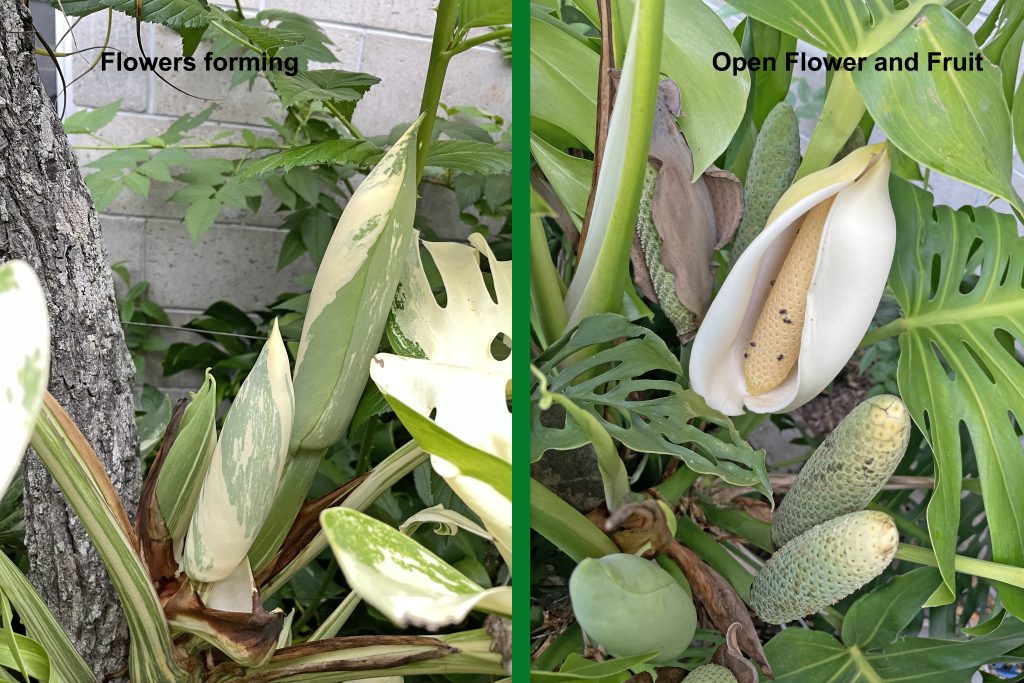
If you see your Monstera (or Philodendron) flowering/fruiting and don’t particularly want the flower/fruit for any reason, we advise to cut the flowers off. The plant will pour a lot of energy into the flower and fruit and your foliage WILL suffer.
I’ve heard people argue that it is just part of nature and we should leave the flowers on – true, BUT it’s no longer growing in nature and now it is in a pot. If you want it to continue to look lush and gorgeous – then cut them off.
It’s sometimes difficult for new growers to tell the difference between a Monstera deliciosa borsigiana and a Monstera deliciosa. The first step is leaf size – M. deliciosa has much larger leaves. In the photo below you can see on the left is a M. deliciosa leaf (and they get bigger than that) and on the right a borsigiana.
Also note that the M. deliciosa leaf has multiple rows of fenestrations (holes) whilst the borsigiana tends to only have one row.
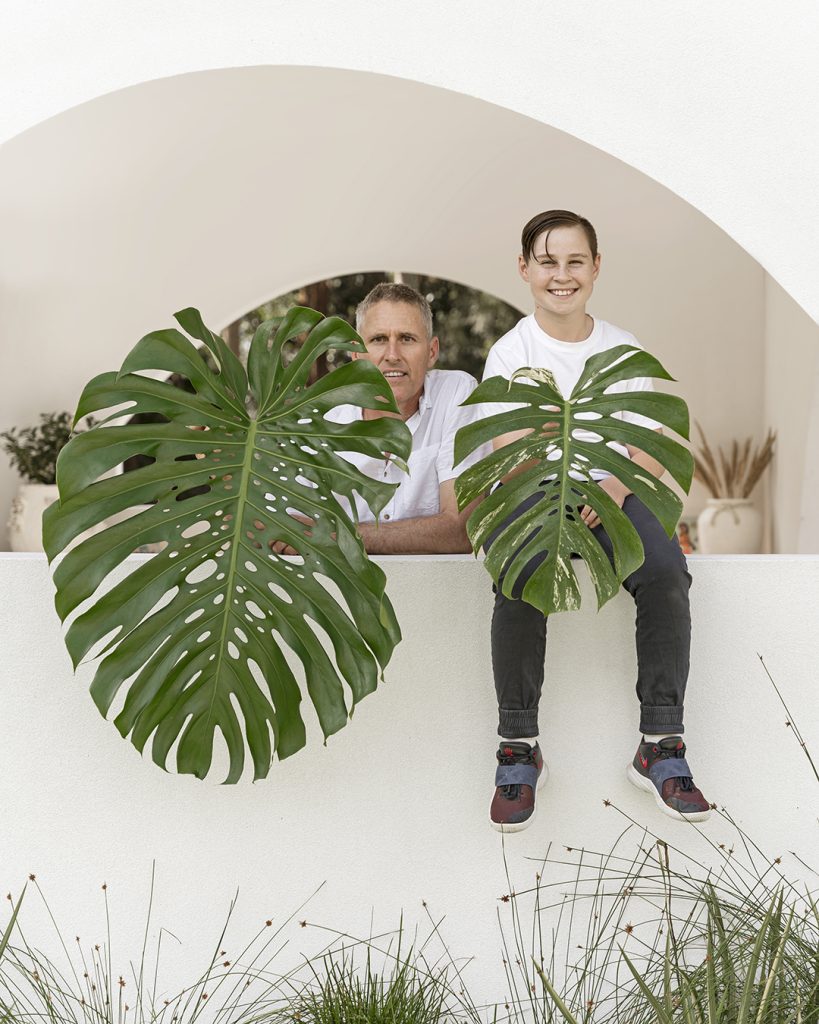
So how else can you tell the difference between the Monstera deliciosa and Monstera deliciosa var borsigiana? (It does not matter if you plants are variegated or not).
Take a look at the Petiole (the leaf stem). You will need a mature leaf with fenestration (leaf holes).
M. deliciosa has defined ripples at top of leaf petiole and the borsigiana does not – this is on MATURE leaves, so you might need to let your plant grow a bit before deciding. NOW, borsigiana can have tiny ones BUT once you know what to look for, they really are quite different. And the photos below should help you out.
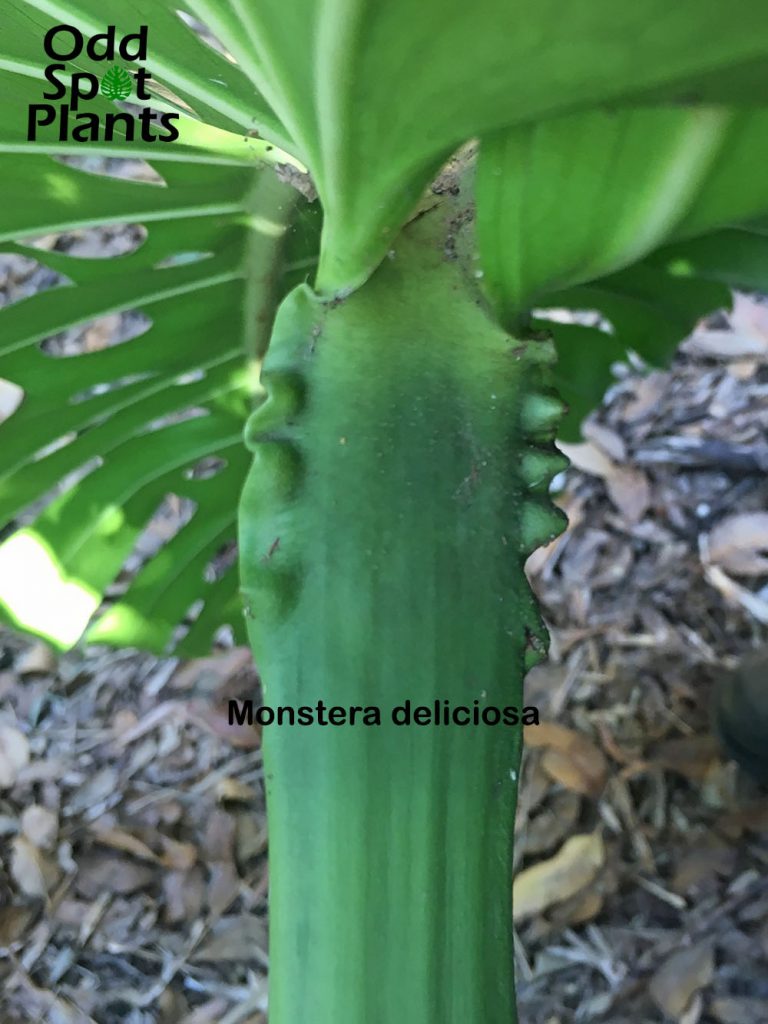
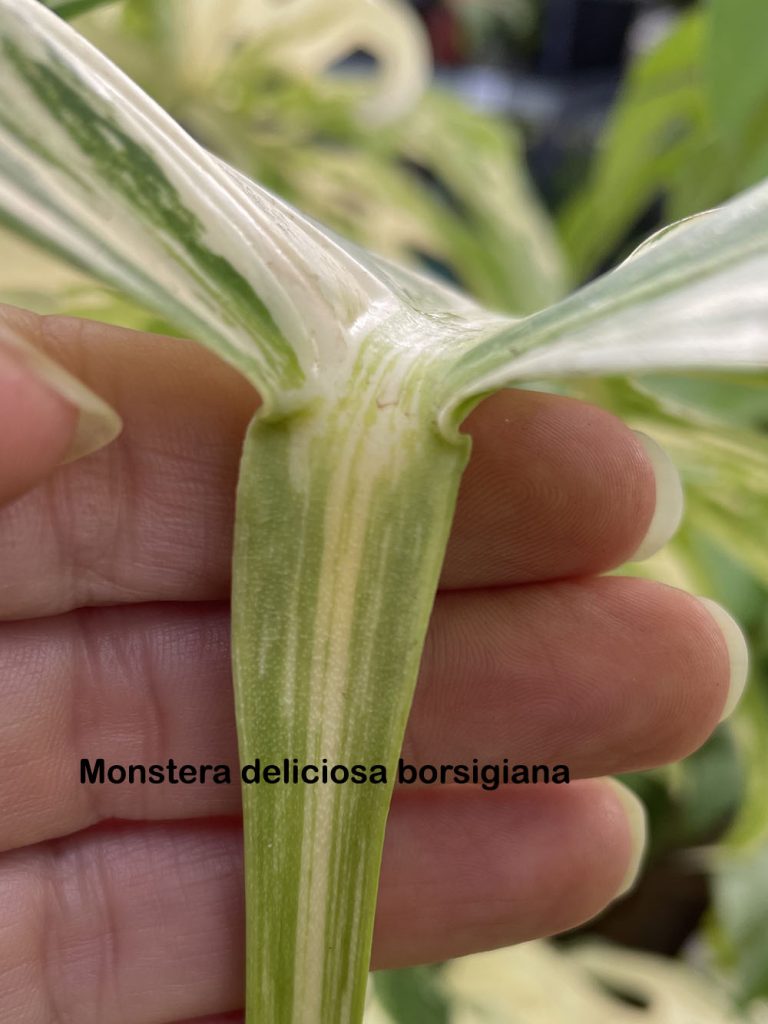
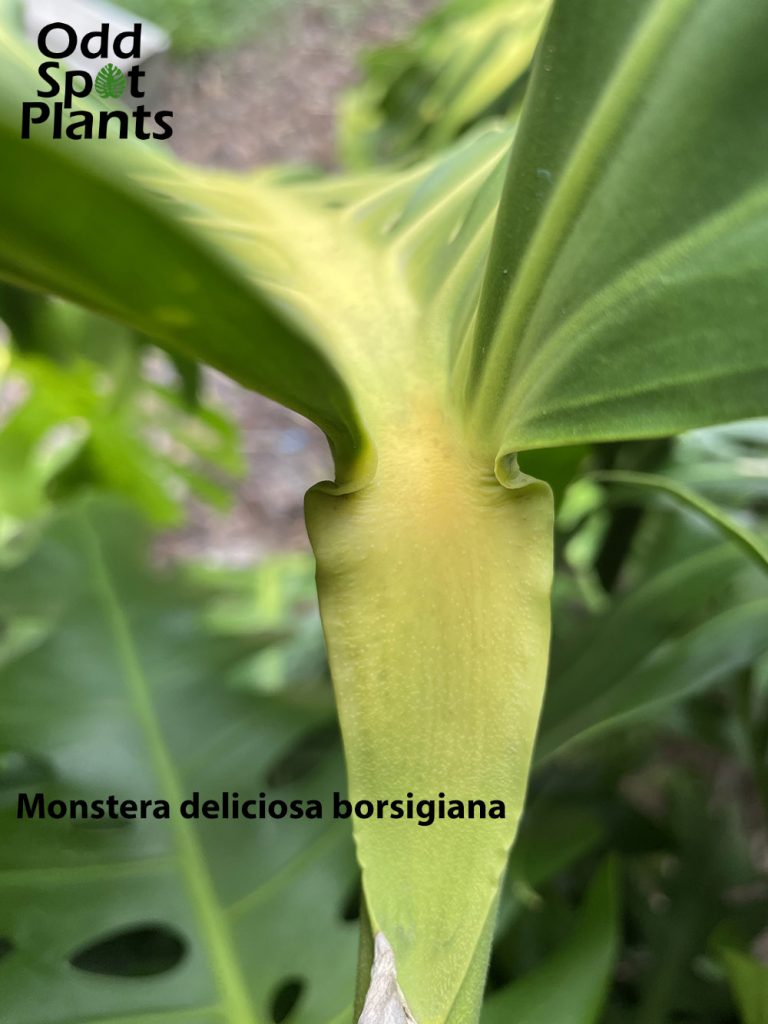
So next time, you are looking at your Monstera deliciosa you can figure out if you have a “borsigiana” or not.
Happy Growing
Lisa

Odd Spot Plants will have MORE rare and unusual plants in MORE locations at MORE Plant Markets and Plant Fairs in 2024… The Tropic Plant
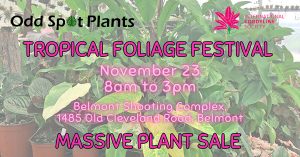
2024 Tropical Foliage Festival – 23 November 2024 at Belmont Shooting Complex, 1485 Old Cleveland Road, Belmont, QLD. Odd Spot Plants are coming back to

9 Nov 2024 Tropical Plant Spectacular Mt Coot-tha Auditorium @ the Mt Cootha Botanical Gardens, Brisbane QLD. ???? Saturday 9 November 2024???? Mount Coot-Tha Auditorim,